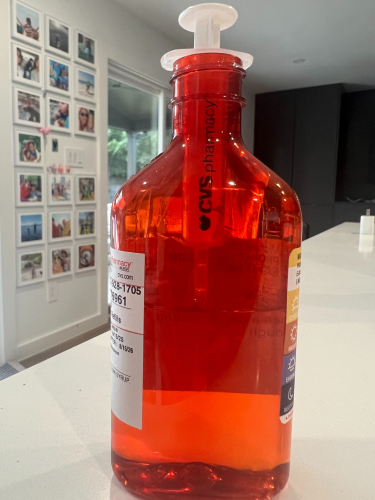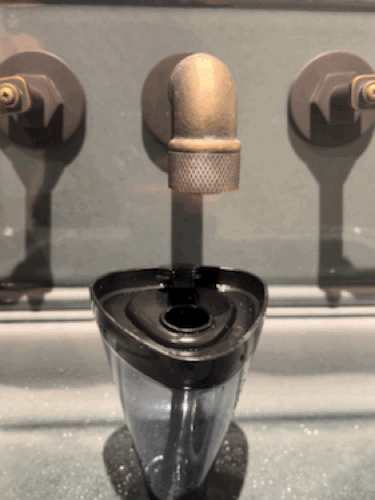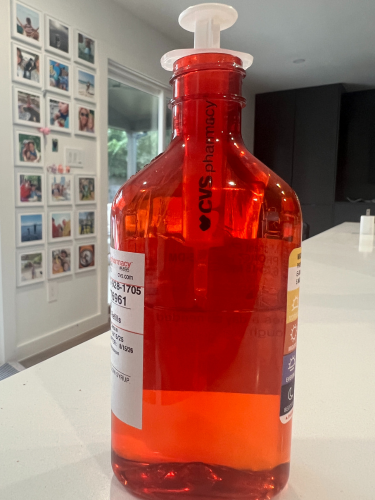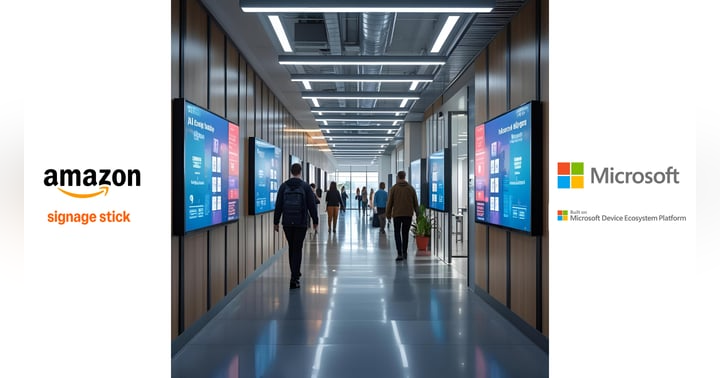When All the Pieces Don’t Add Up: The Hidden Flaws in Experience Design

One of the things I’ve learned over the years, both in consulting and just living life, is that you can have all the right components of an experience in place and still fail miserably at delivering that experience.
Because it’s not enough to just have all the pieces. They need to work together.
Let me give you two very real, very recent examples from my own life.
The Moxy Hotel: A Steamer That Can’t Be Filled
I’ve always loved the Moxy brand. I’ve even talked about them on my podcast before, praising their clever little design touches like the way they labeled their elevator buttons. That kind of thoughtful detail usually makes me smile.
But on a recent stay, I ran into a design flaw that perfectly illustrates the point of this article. Instead of the traditional iron, the room came with a clothes steamer. Great idea, I actually prefer them. The steamer had a water container with a round hole designed to be filled under the faucet.
The problem? The faucet had an aerator installed, which caused the water to spray outward instead of flowing as a stream. The result was that when I tried to fill the container, water went everywhere except inside the hole.
On paper, all the components were there: a steamer, a container, a faucet. In practice, the experience was broken. (I’ll post a short video with this blog so you can see it in action.)
CVS: A Syringe That Can’t Reach the Medicine
Fast forward to last night. I picked up some prescription cough syrup from CVS. They gave me the bottle, about two-thirds full, and a syringe to measure out my 5ml dose.
On paper, that sounds fine. They gave me medicine and a dosing tool. But in practice? The syringe wasn’t long enough to reach the liquid in the bottle.
So once again, the components existed. But they didn’t work together. The design of the system didn’t consider the actual experience of the person using it.
The Workplace Parallel
Now let’s bring this back to the workplace.
I see this same issue play out all the time in so-called “smart workplace” designs. Companies invest in the right set of tools: room booking systems, visitor management, catering systems, apps, digital signage, occupancy sensors. On paper, everything is there.
But because they don’t work together, the actual experience for the employee or the guest falls apart.
Here are two scenarios I see all the time:
-
Booking vs. Catering: You use one system to book your meeting room. Great. But now you need catering. That’s a separate system. Sometimes it even requires a completely different login, with a different username and password. And then, if your meeting time or room changes, you need to go back into both systems and manually update each one to make sure the food shows up at the right time and place. The components are all there, but the workflow is a nightmare.
-
Inviting Guests vs. Registering Them: You invite a customer or partner to a meeting via Outlook. That’s your calendar system, the one everyone uses. Perfect. But sending them an invite doesn’t actually get them into your building. For that, you need to go into your visitor management system and enter all their details again. And if the meeting time changes, now you’re updating both systems, hoping nothing falls through the cracks.
On the surface, the workplace has all the pieces of a modern experience. But in practice, it’s just as broken as that Moxy steamer or that CVS medicine bottle.
What the Data Tells Us
And it’s not just my personal anecdotes. The data backs this up.
Gensler’s 2025 Global Workplace Survey shows that even in newly remodeled offices, spaces with fresh design and upgraded technology, employees still struggle with basic effectiveness. They’re frustrated by noise, by a lack of availability, and by systems that don’t fit together.
It’s not because the technology isn’t there. It’s because the orchestration is missing.
The Work We Do
This is exactly where my team and I spend most of our time with clients.
It’s rarely about saying, “You’re missing these ten components.” In fact, most organizations already have 80–90% of the right ingredients. What they’re missing is the recipe.
Our work is about orchestrating those components into something that feels cohesive for employees and functional for operations staff.
That might mean connecting a booking system with catering so a room change automatically updates food delivery. Or linking visitor registration with Outlook so guests are automatically added when you send the invite. Or surfacing real-time data from occupancy sensors on digital signage so people instantly know which spaces are available.
It’s less about what you have, and more about how it all comes together. That’s the difference between a set of tools and an actual employee experience.
The Mystery Shopper Mindset
This is why I’m such a big believer in the “mystery shopper” technique for workplace leaders.
Don’t just look at your technology roadmap. Don’t just sit in a steering committee and review PowerPoint slides. Go use your systems and processes like an employee would.
Book a room. Try to order catering. Invite a customer to a meeting and see what it takes to actually get them into your building.
I guarantee you’ll quickly discover the same thing I did at the Moxy and CVS: the pieces are there, but the experience is often broken.
The Lesson
At the end of the day, a smart workplace isn’t defined by how many systems you deploy or how many features you can list in a brochure.
It’s defined by how seamlessly those systems work together.
Because just like the steamer that can’t be filled under the faucet or the syringe that can’t reach the medicine, it doesn’t matter how many components you provide if the experience itself doesn’t actually work.
Your Turn
I’d love to hear your stories. Where have you run into situations where everything you needed was technically there, but the experience just didn’t work? It could be in the workplace, in a hotel, or even at your local pharmacy. Share them in the comments... I think you’ll find we’ve all been there.









